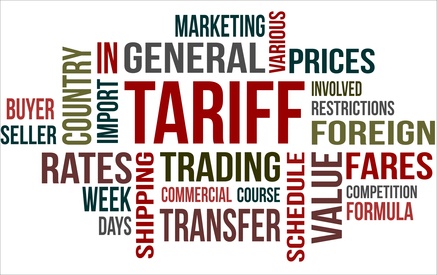By Felicia Nwosu
Nigeria’s export-driven industries are bracing for disruption as the temporary pause on a 14 percent tariff targeting locally manufactured goods nears its expiration, raising fresh concerns about pricing, competitiveness, and shrinking consumer demand in key international markets.
The Manufacturers Association of Nigeria (MAN) warned that the tariff, if reinstated, would inflate the final cost of Nigerian products abroad, weaken purchasing power among foreign consumers, and diminish the appeal of made-in-Nigeria goods on retail shelves.
Segun Ajayi-Kadir, MAN’s Director General, noted that buyers in key markets are already price-sensitive, and the additional cost burden could push them toward cheaper alternatives.
“Higher prices at the point of sale reduce volumes, erode brand loyalty, and make it harder for Nigerian products to compete effectively.”
At the heart of the concern is the fate of Nigeria’s value-added manufacturing sector and industries that have shifted focus from exporting raw commodities to producing finished and semi-processed goods. MAN says these sectors are particularly vulnerable, as the tariff threatens to roll back years of investment and innovation aimed at improving global market relevance.
Based on figures from the National Bureau of Statistics, Nigeria’s agricultural exports were valued at N4.42 trillion in 2024, with a significant share heading to tariff-affected regions. Ajayi-Kadir projected that the sector could lose between N1 to N2 trillion annually if the additional costs persist.
Beyond revenue losses, he warned of broader marketing implications, including reduced brand penetration, disrupted supply chain strategies, and a potential decline in foreign buyer confidence. “Exporters will be forced to rethink pricing models, promotional budgets, and distribution footprints if demand takes a hit.”
The manufacturers’ group is calling for strategic trade negotiations to prevent long-term damage to non-oil exports. As the tariff deadline draws closer, exporters and investors alike are left navigating uncertainty, balancing production decisions against an unpredictable global pricing environment.









Comment
No comments found.